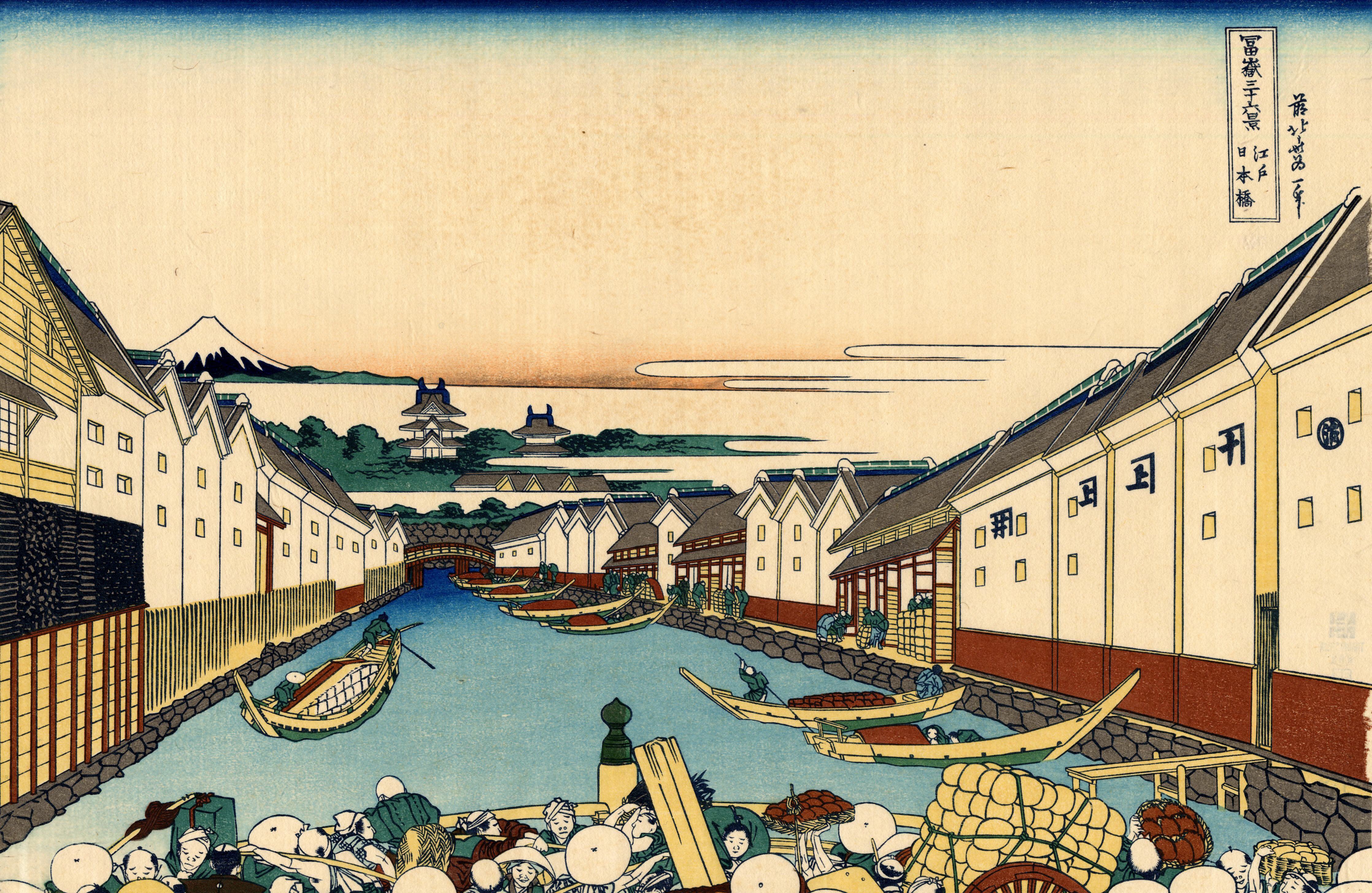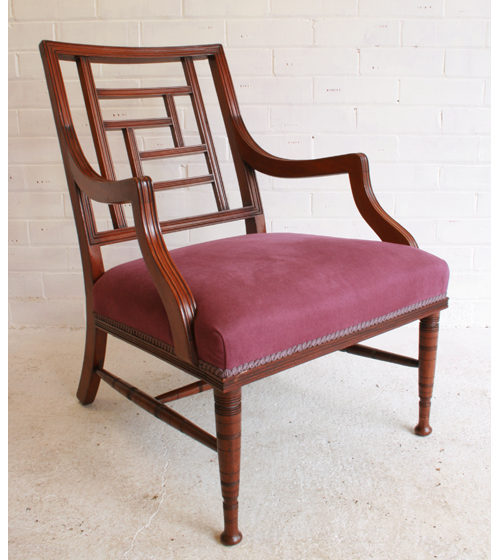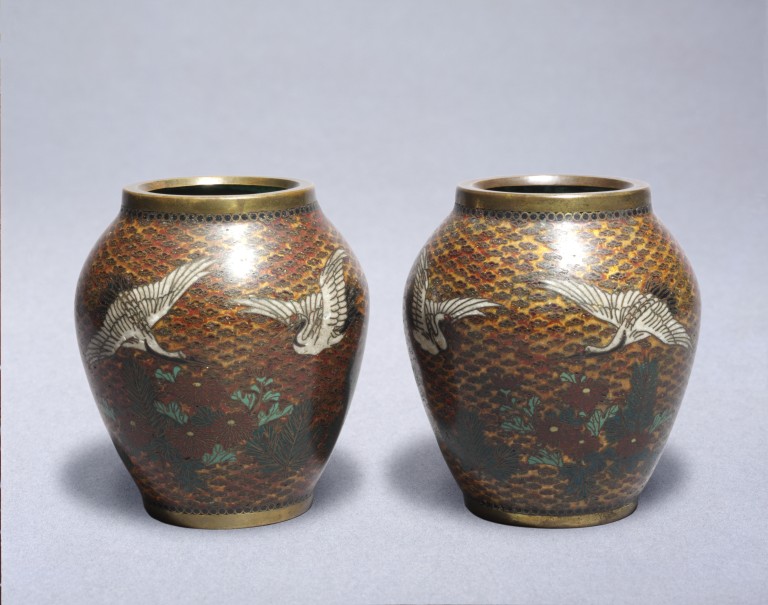Hokusai - Nihoubashi Bridge in Edo

The Japanese craftsmen benefitted from the imported materials as it allowed them to broaden their creativity and make new things. Ivory, stones, and shells were among the imported materials that Japanese craftsmen were able to access.
In 1846, Japan's isolated period started to come to an end.
Japan modernised its military in order to prevent western countries with more powerful armies from intimidating the country. The emperor declared that japan should search for knowledge from around the world. The Meiji period was an era of enlightenment. Japan went through a fast growth of modern technologies in transportation and communication. Influences from the west had an impact on Japanese buildings and fashion.
Western designers were also influenced by Japanese design.
Charles Rennie Mackintosh


E.W. Godwin

There was a new art movement in France known as Japonisme.
Claude monet - La Japonaise 1876
Jekyll and Whistler - 1877 Peacock Room
.jpg)
Alfred W. Thompson

Van Gogh was also influenced by the works of Japanese artists.
Hokusai woodblocks

Van Gogh Japanese style


Japanese decoration became popular in America and Europe in the 1880s.
Hall, Hill House - Charles Rennie Mackintosh

Japanese art and design was full of symbolism and meaning. Even empty space around the symbols had significant meaning in some cases.
Makuzu Kozan 1890

In the 19th and early 20th century, Japan began to export porcelain and other ceramic materials to the west.
Japan also started producing a lot of metal work, such as bronze sculptures. Lots of different techniques were experimented with in Japanese crafts. One form of metal work called Shippo involved soldering metal around vases and filling sections with enamel powder.
Namikawa Yasuyuki


No comments:
Post a Comment